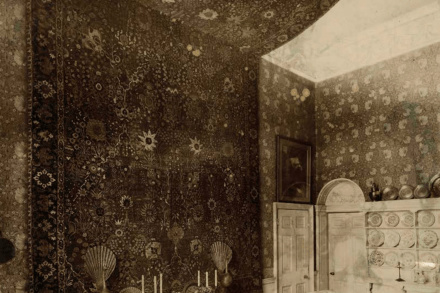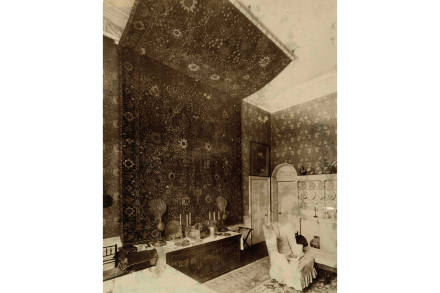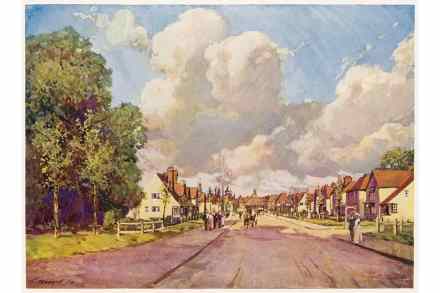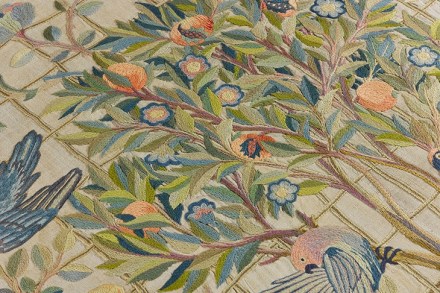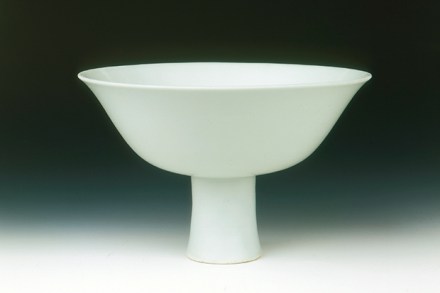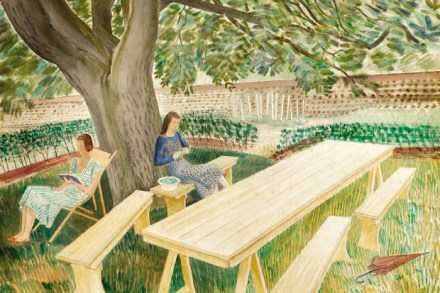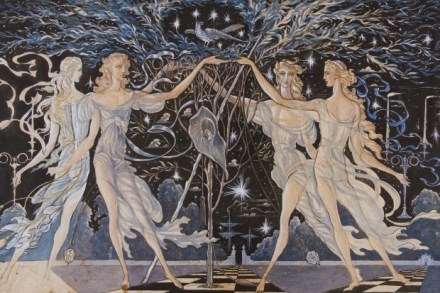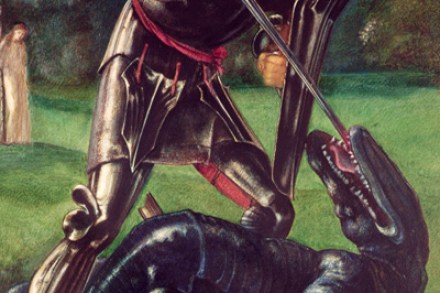Nadine Dorries, Katy Balls, Edmund West, Sam Dalrymple, and Tanjil Rashid
32 min listen
On this week’s Spectator Out Loud: Nadine Dorries reads her diary (1:12); Katy Balls analyses the politics behind the Assisted Dying debate (5:58); Edmund West allows us a glimpse into Whitby Goth Week (11:55); reviewing Avinash Paliwal’s book India’s New East, Sam Dalrymple looks at the birth of Bangladesh (17:39); and Tanjil Rashid reveals William Morris’s debt to Islam (21:23). Produced and presented by Patrick Gibbons.
